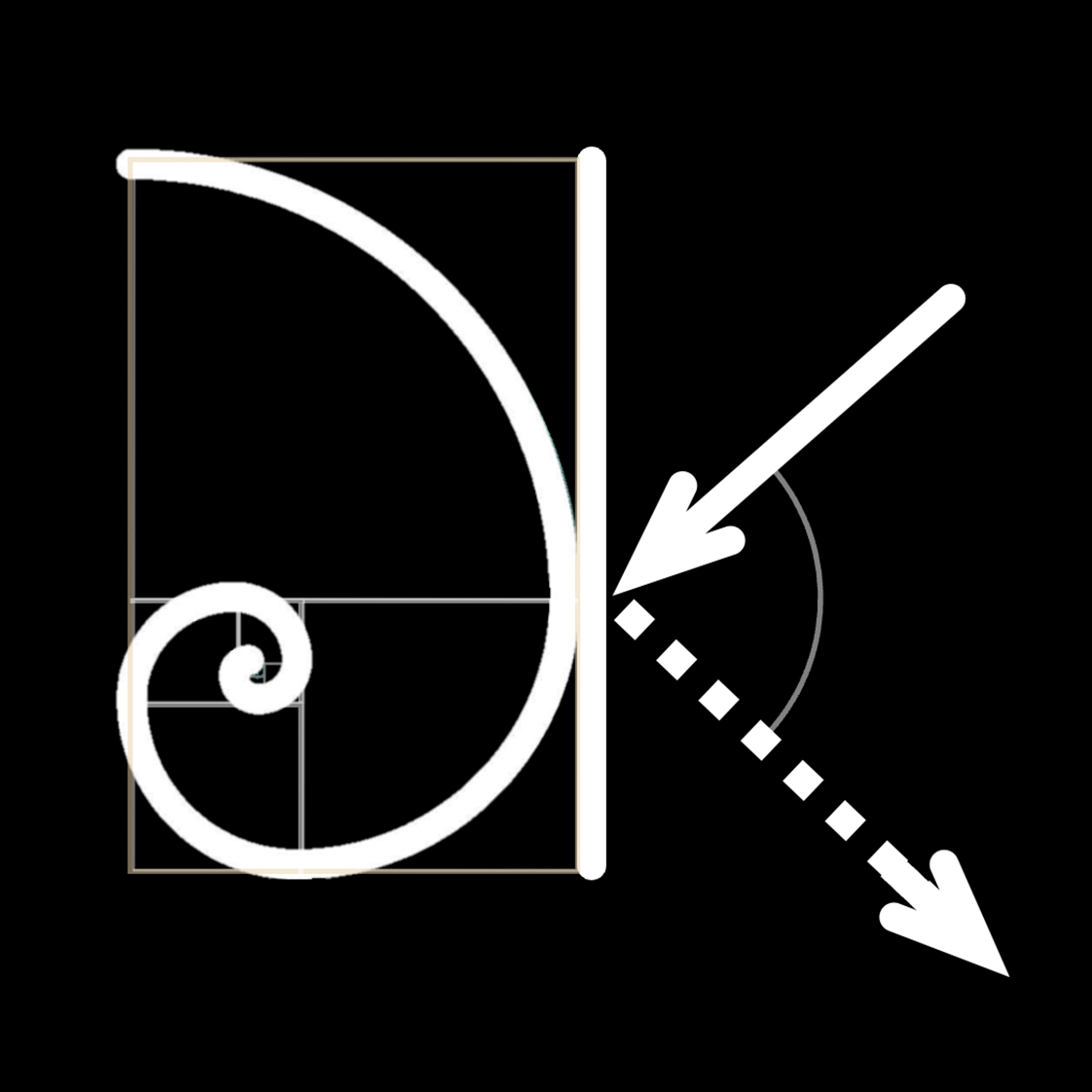Three Ceremonial Pieces
Complete Work Title:
Performance Medium:
Duration:
Date Composed:
Movements:
- Stained Glass (Prelude)
- Escher Staircase (Processional)
- Bachfreuden (Postlude)
Additional Information:
Program Note:
The Three Ceremonial Pieces were composed between March and May of 1994 for Jean Hellner and Keith Born, to whom the work is dedicated. The entire work is based upon a series of proportional relationships, and is heavily indebted to Renaissance isorhythmic techniques. Each piece is unique in the application of the various systems involved, and each makes reference to a particular artist (as implied by the titles).
The first piece, Stained Glass, is a parody of sorts on the music of American minimalist composer Phillip Glass, though the pitch language is distinctly uncharacteristic (hence the title). This piece is in 6/4, divided simultaneously into three groups of two (upper voice) and two groups of three (middle voices), while the bottom voice plays a pedal moving at the rate of one note per measure. Thus, the rhythmic proportions of the voices are (from soprano to bass) 5:1, 3:1, and 2:1. The cycle repeats every seven measures, modulating upwards a whole step each time. The top and bottom voices are derived entirely from a synthetic scale constructed of alternating whole- and half-steps in regular patterns of one, two, and three; the result is a scale which repeats every other octave. The inner voices are considered “chromatic” in that they utilize tones outside of this “scale.” There are also various trompes l’oreille: for example, the top line consists of an ascending five-note repetitive pattern which is continuously transposed downard through the derived scale; once this pattern reaches its nadir, it ascends two octaves to repeat the cycle from the top (this occurs every eight measures, thus phasing with the seven measure cycle of pitches).
The second piece, Escher Staircase, is an homage to the work of graphic artist M.C. Escher, and is modeled in particular after his etching Ascending and Descending. This piece is in 12/8, with rhythmic proportions of 3:1 (soprano:bass), 2:1 (bass:tenor), 5:1 (tenor:alto); thus the alto voice acts as a cantus firmus. Unlike the regular patterns in the first and third pieces, however, the soprano line is more rhythmically varied, consisting of irregularly alternating patterns of triplet eighths, trochees, and sustained trills. The constantly descending bass line (a single measure pattern of 1-7-6-5, in dotted quarters) follows a simple circle of fifths progression, modulating each measure (thus returning to the beginning of the cycle every twelve measures); the tenor line (in dotted half-notes) repeats every five measures, and the alto cantus firmus changes every two-and-a-half measures, following the pattern of a rising minor 3rd and falling major second throughout, and thus also repeating its pattern every five measures (both the tenor and alto parts modulate a semitone upward with each repeat, and cycle back to the original transposition after 60 measures, a 5:1 relationship with the twelve-measure bass cycle); the soprano repeats its pattern every seven measures, yet it modulates downward a semitone with each repeat.
The final piece, Bachfreuden, shares a spiritual ancestry with J.S. Bach’s Jesu, Joy of Man’s Desiring from the 147th Cantata and, to a lesser degree, with the second movement of Beethoven’s “Pastoral” Symphony (as reflected in the punning title). This piece is in 6/8 and follows the rhythmic proportions (from soprano to bass) 3:1, 2:1, and 5:1. The bass line (cantus firmus) is similar to that in the second piece, though here the pattern is 5-4-3-2(-1), modulating a perfect fifth downward every twenty measures. The bass line defines the key region by acting as a tonic pedal throughout; the other three voices modulate with the bass every five measures, and each repeats its pattern every twenty measures.
These pieces are intended for celebratory purposes, and may be played as a set or individually. Because all three pieces are based on perpetual motion processes that conclude at the point of origin, each could conceivably be repeated ad infinitum.
Performance/Broadcast History:
| Date | Venue | Location | Performer(s) |
|---|---|---|---|
| 19 February, 2006 | First Presbyterian Church | Fort Wayne, IN | Jesse Eschbach, organ |
| 25 September, 2005 | University of North Texas | Denton, TX | Jesse Eschbach, organ |

